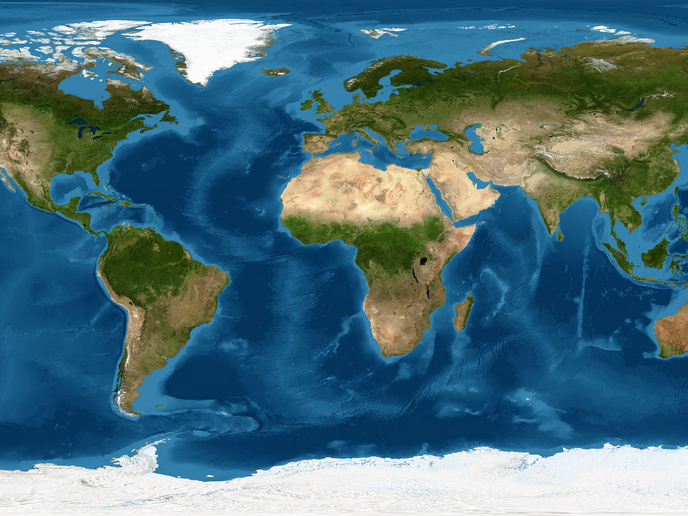Improved weather forecasts
Interaction between clouds, aerosols and solar radiation from the sun in the form of heat and light is a major source of uncertainty in predicting weather and climate conditions. Clouds can be affected by a range of factors including aerosols, which are fine solid particles or liquid droplets suspended in the atmosphere. Thanks to satellite technology it is possible to monitor clouds continuously from space. Researchers from the Joint-assimilation project have used existing satellite data on aerosols, clouds and precipitation to gain greater insights into cloud processes. The information has been applied to a state-of-the-art weather research and forecasting (WRF) model. The model has enabled better analysis of the interaction between clouds and large-scale processes and improved ways of studying cloud structures and their properties. The impact of aerosols on climate and weather has also been assessed using this analysis. Integration of microwave brightness data into the model has increased the accuracy of precipitation forecasts for up to two hours, but made only a minor difference to long-term forecasts. This is because variables such as winds, relative humidity and temperature can not be deduced from satellite microwave observations alone. Nevertheless, scientists have found that an improved understanding of processes within clouds can have a significant impact on precipitation forecasting. Therefore, a simplified procedure has been devised to identify the conditions for aerosols most consistent with observed infrared radiation data. Models developed by the Joint-assimilation project can be used to give more accurate forecasting of storms and resulting flash-floods, thereby improving the quality of life of EU citizens.







